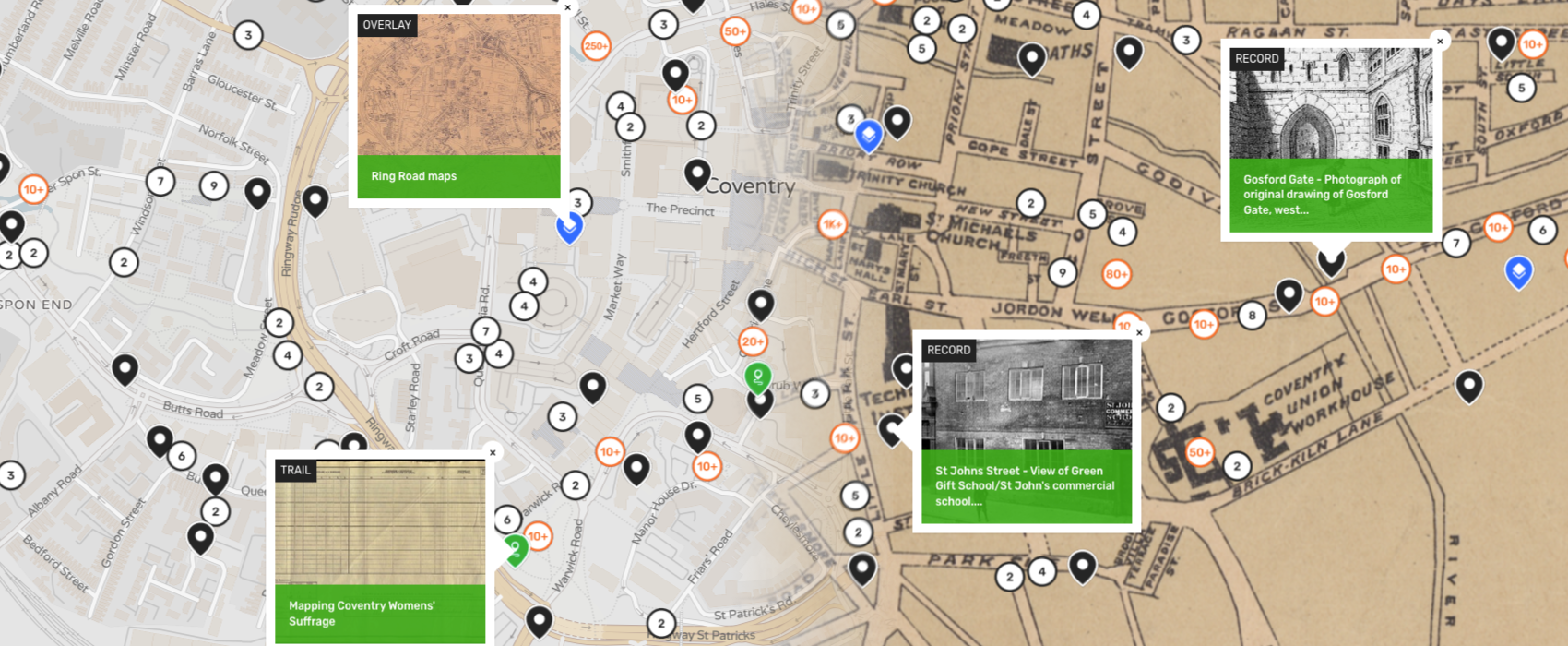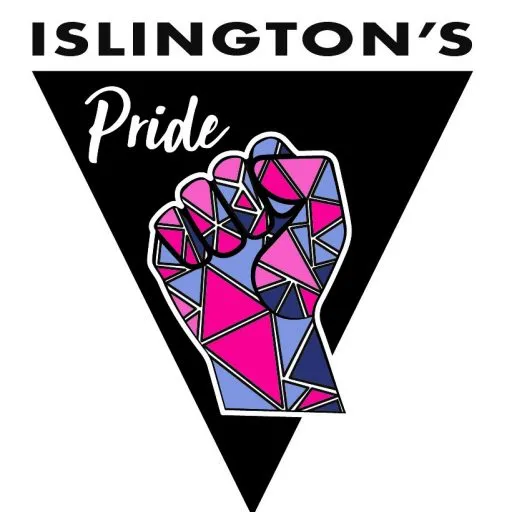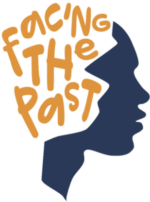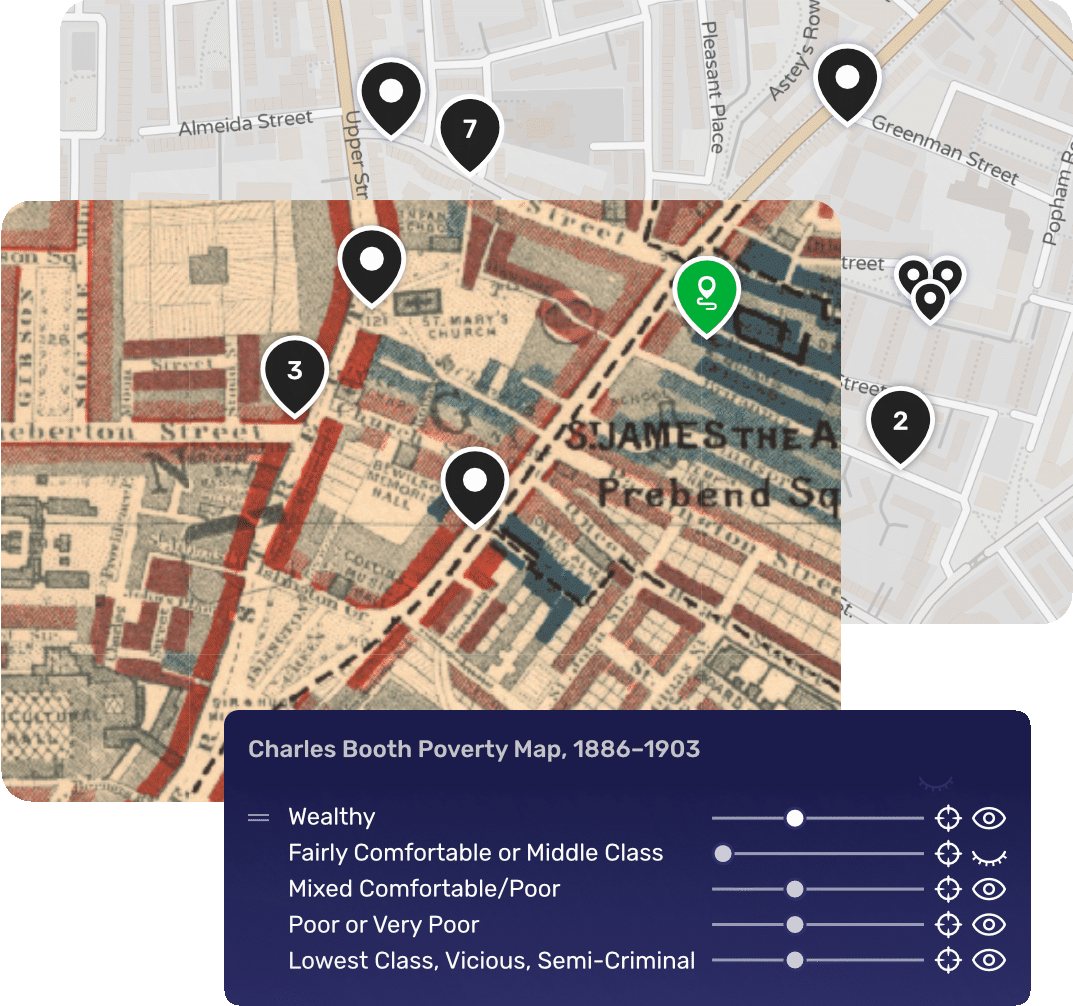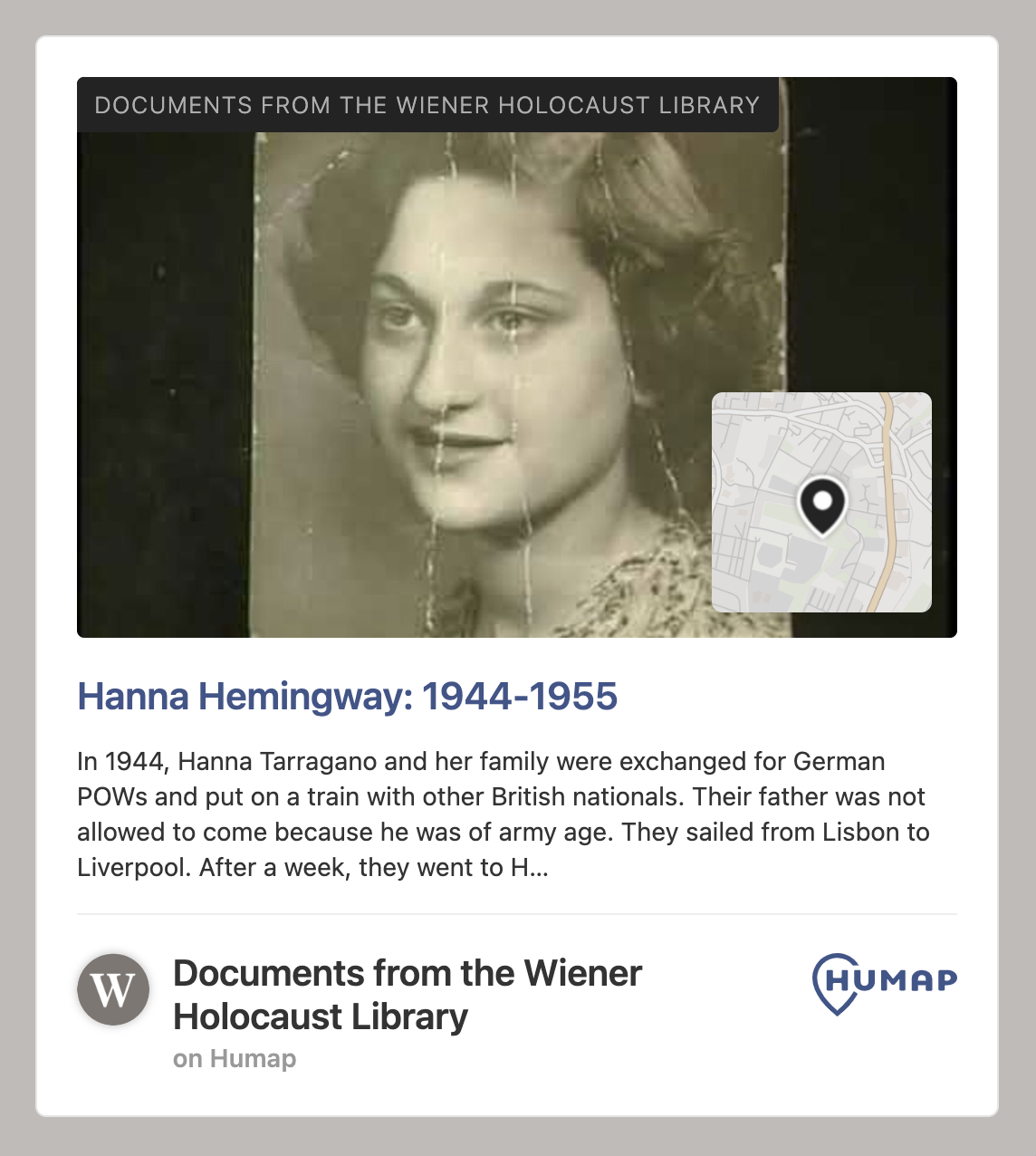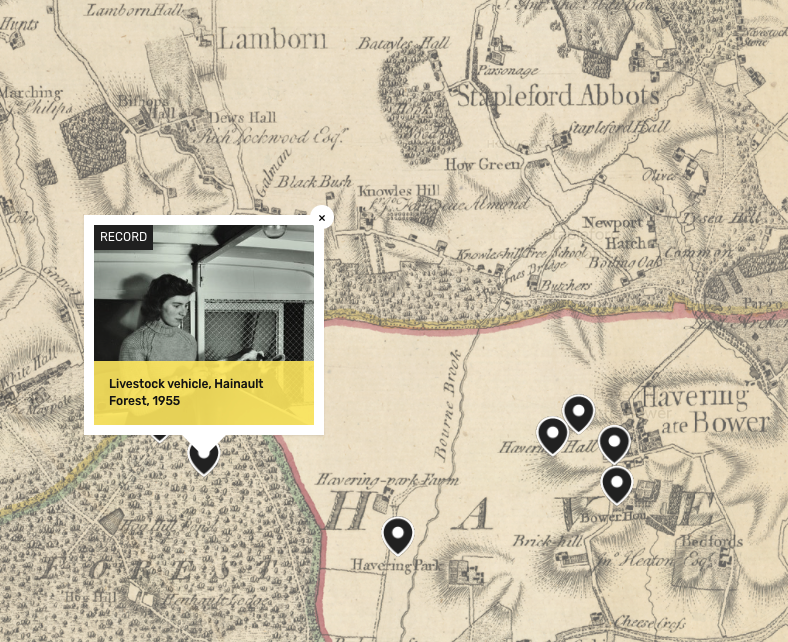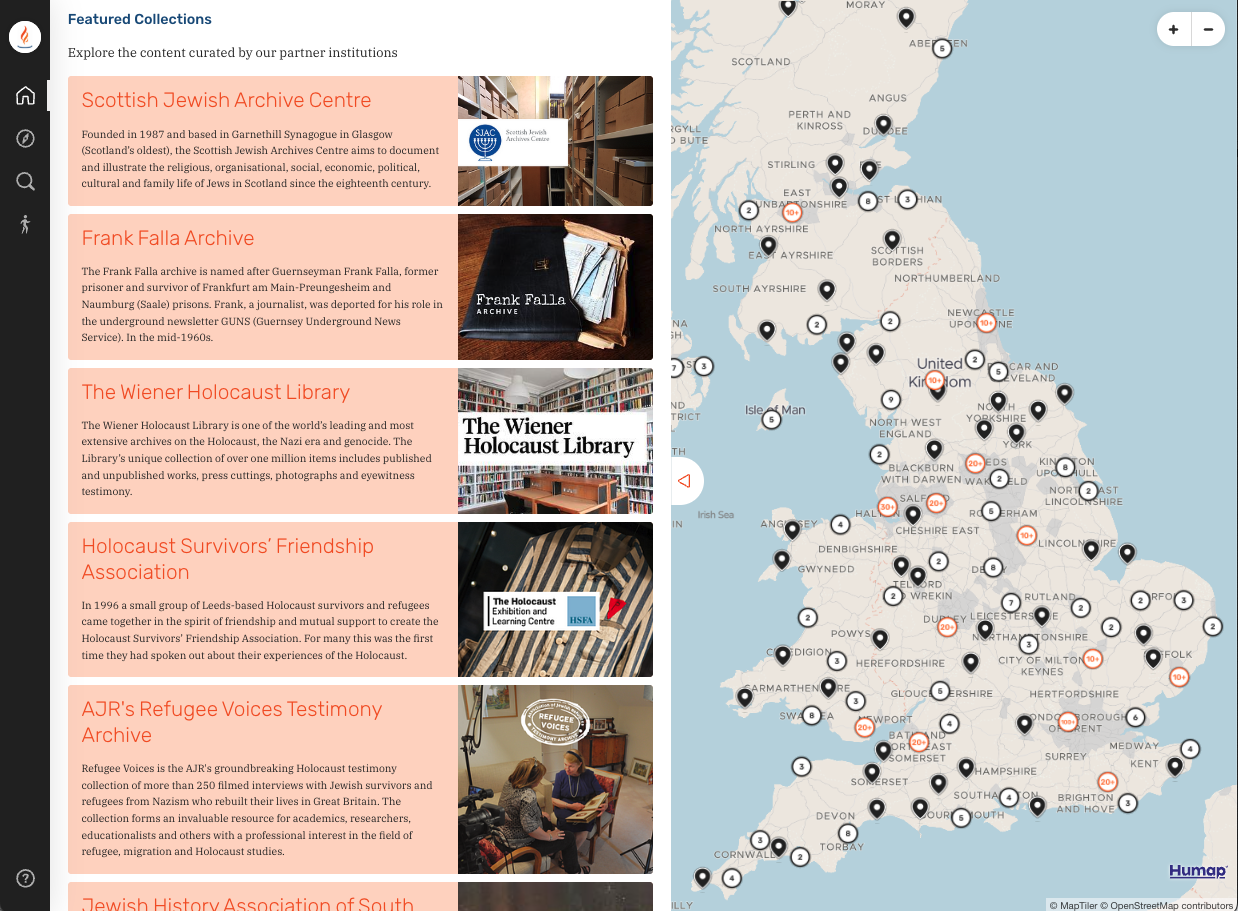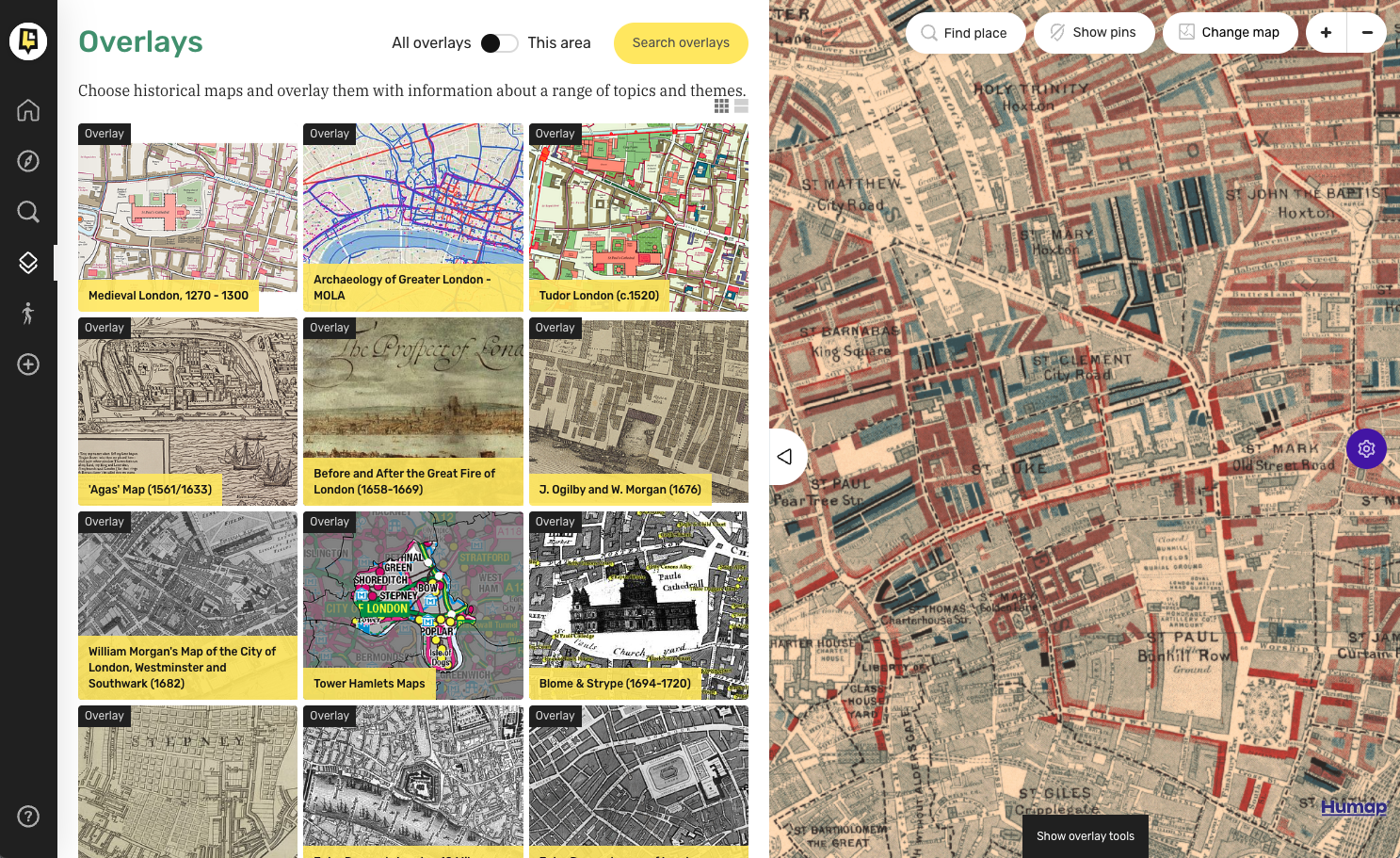Cultural heritage isn’t static. It lives in landscapes, memories, and the communities that keep them. It changes lives and makes the past feel real.
Humap empowers galleries, libraries, archives, and museums (GLAM) to transform archives, data, and collections into map-based digital exhibitions that share their content with the world.
Considering using Humap for a grant-funded project? The Humap Bid Kit contains all of the information you need to get started.

